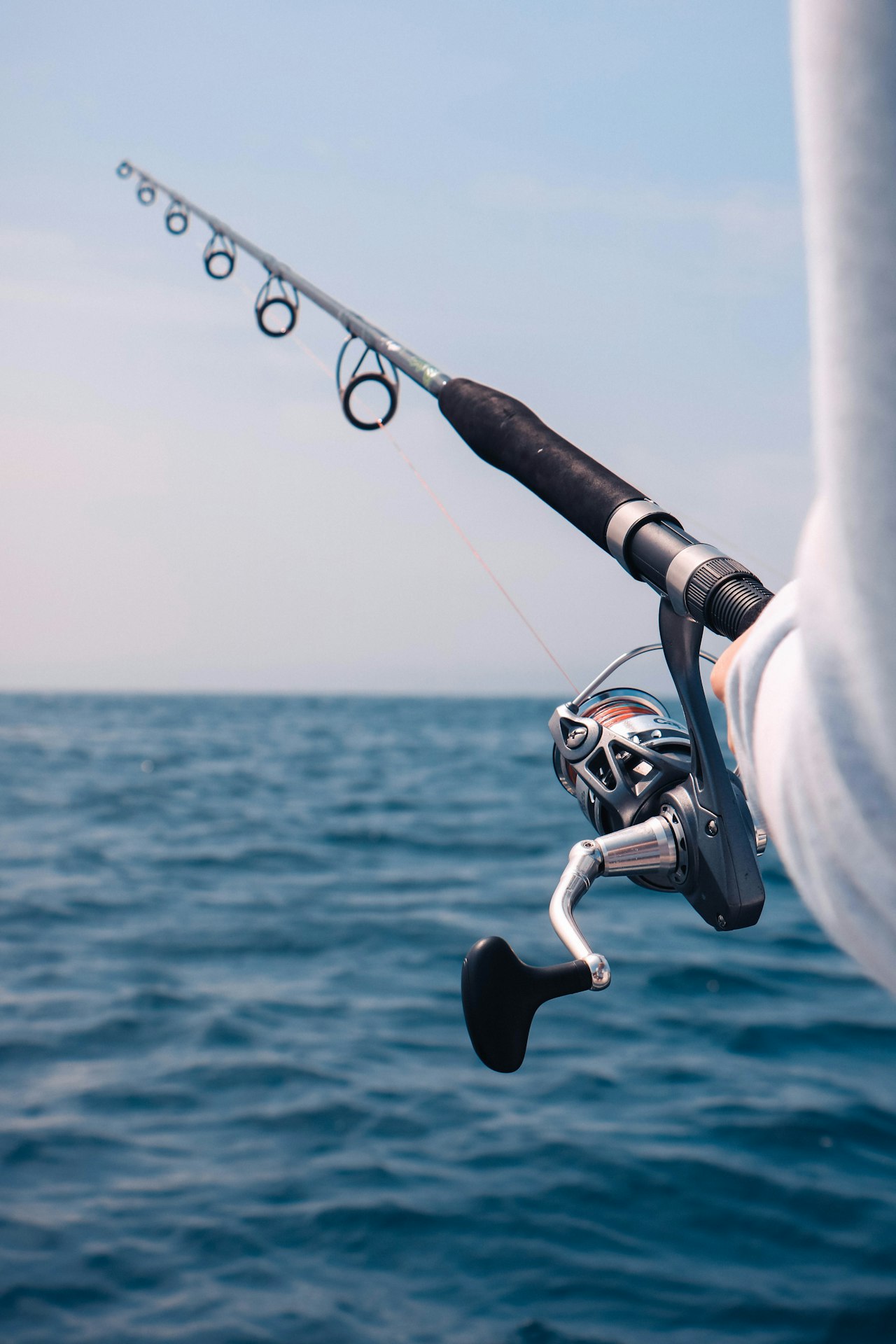Coastal-Modern Kitchen and Bath Ideas for Turtle Creek Homes
November 6, 2025

November 6, 2025

You want a kitchen and bath that feel like a private resort, not a showroom. In Turtle Creek, the right choices balance relaxed luxury with materials that stand up to salt air, sun, and humidity. This guide shows you how to get that coastal‑modern look with oak cabinetry, quartzite or quartz surfaces, warm brass accents, and spa-worthy showers that are built to last.
Below, you’ll find practical design moves tailored to Turtle Creek homes, plus specification tips that help you avoid common mistakes. Let’s dive in.
Coastal‑modern design in Tequesta blends clean lines with natural warmth. You see straight‑grain oak, light stone, and low‑profile details that keep golf‑course views front and center. In our climate, durability matters as much as style, so material choices should handle humidity, UV exposure, and salt nearby.
Luxury buyers here prefer timeless over trendy. That means selecting finishes that look elevated on day one and still feel fresh years later with minimal maintenance.
Rift‑sawn or quarter‑sawn white oak gives you a linear, modern grain that reads calm and coastal. Light to medium stains bring warmth without heavy contrast, so your cabinetry supports the view rather than competing with it.
For stability in humid conditions, consider oak veneers over quality plywood or engineered cores instead of solid wood. You will reduce expansion and contraction through seasonal moisture swings.
Ask your cabinetmaker for finishing systems rated for high humidity. Oil‑based or catalyzed conversion varnish offers a durable, water‑resistant surface. Waterborne urethane with UV stabilizers is a strong choice if you prefer lighter oak tones. Avoid fragile film finishes that can craze over time in damp environments.
Flat‑panel or slab doors with concealed hinges fit the coastal‑modern brief. Integrated recessed pulls or low‑profile hardware keep lines simple and sightlines open to the course. Recessed lighting and streamlined hood designs reduce visual clutter.
Quartzite brings the movement of marble with greater hardness. It is heat resistant and each slab is unique, which makes islands and long runs look custom. In high‑use coastal kitchens, plan for periodic sealing and stain management, and make slab selection a hands‑on process due to natural variation.
Engineered quartz is non‑porous and consistent in pattern. It resists stains and simplifies care, which many owners prefer for a lock‑and‑leave lifestyle. Premium patterns can mimic quartzite while reducing upkeep.
If your island sits in strong sun or near large sliders, confirm UV performance for any engineered surface. For statement islands, bookmatch quartzite to create a continuous look without visual noise. Outdoor or summer kitchen zones need materials and coatings specifically rated for exterior or salt‑air exposure.
Large‑format porcelain slabs or full‑height slab backs in quartzite or quartz give you a seamless, easy‑clean look with minimal grout. In sun‑washed areas, prioritize materials with low porosity and UV stability. This keeps maintenance low and surfaces looking crisp.
Unlacquered brass adds warmth and a lived‑in luxury as it patinates. In salt air and high humidity, that patina can arrive faster and more unevenly. That is part of the charm for many owners, as long as you expect it.
Ask manufacturers for published salt‑spray or coastal‑use guidance so you know exactly how a finish will behave.
Curbless, level‑entry showers with linear drains look modern and feel like a resort. Add a bench, recessed niches, and a hand shower on a slide bar for everyday comfort. If you love steam, plan for it upfront so the space performs in our humid climate.
Use a proven waterproofing system rather than relying on grout. Steam showers need steam‑rated membranes and ceiling details, plus robust ventilation to control moisture. Tempered glass with hydrophobic coatings reduces soap and salt buildup, making daily care simple.
Large‑format porcelain or stone slabs minimize grout lines and set a calm tone. On wet floors and transitions, use porcelain with a manufacturer‑listed wet DCOF suited for showers. Proper substrate prep and movement joints help avoid cracks or lippage later.
Thermostatic valves maintain steady temperature and include anti‑scald protection. Choose brands with corrosion‑resistant internals when windows may be open to breezes.
Orient the kitchen sink, prep zones, and island seating toward your golf views when possible. Keep upper cabinets lighter in impact with open shelving or glass fronts. Low‑profile hoods and discreet lighting preserve clean sightlines.
Long, narrow islands parallel to the view corridor allow both prep and seating without blocking the vista. Consider an overhang on the view side for comfortable seating and conversation.
Use continuous or visually coordinated flooring from kitchen to covered outdoor spaces. Certain porcelain planks are rated for both interior and covered exterior use. Coordinate thresholds with proper drainage and sill flashing for low, safe transitions that resist wind‑driven rain.
Low‑E glazing helps limit fading and glare on sunny exposures. For wood finishes in bright rooms, ask for UV‑stable topcoats to protect color and sheen.
Use this quick list when you meet with your designer or contractor.
Work with contractors who have documented experience in coastal Florida construction and are familiar with the Florida Building Code and local permitting in Martin County and the Village of Tequesta. Ask for references from projects with similar materials and exposure.
Before ordering, verify manufacturers’ warranties for coastal use. Some exclusions apply near salt or exterior settings unless you specify the right finish or grade. Your contractor should provide submittals and care guides so you know what to expect.
Coastal‑rated materials and systems may cost more upfront. In return, you get less maintenance and stronger resale appeal in a luxury golf and coastal enclave like Turtle Creek.
A coastal‑modern kitchen and bath in Turtle Creek should feel effortless, but that look comes from smart choices behind the scenes. Stable oak cabinetry, the right stone or engineered surfaces, thoughtful brass or stainless selections, and proven waterproofing deliver the calm, spa‑level experience you want. When you align layouts to the golf view and carry materials toward the lanai, indoor‑outdoor living becomes the daily norm.
If you are planning updates before listing or want to tailor a new purchase, our team can share what resonates with today’s buyers and where to invest for the best return. Start a conversation with Hughes Browne Group to map the right plan for your home.





Exploring South Florida's Green & Farmers Markets

This is a fun and exciting family event when locals gather to compete for the greatest catch in several categories.

A proud sponsor of the 4th Annual Cystic Fibrosis Palm Beach Songwriters in the Round.

The party will take place on the rooftop of Harbourside Place in Jupiter from 8 pm until 11 pm.
Whether by land or by sea, the properties and amenities in South Florida are of the highest quality, and this group of Real Estate Agents certainly follows suit.